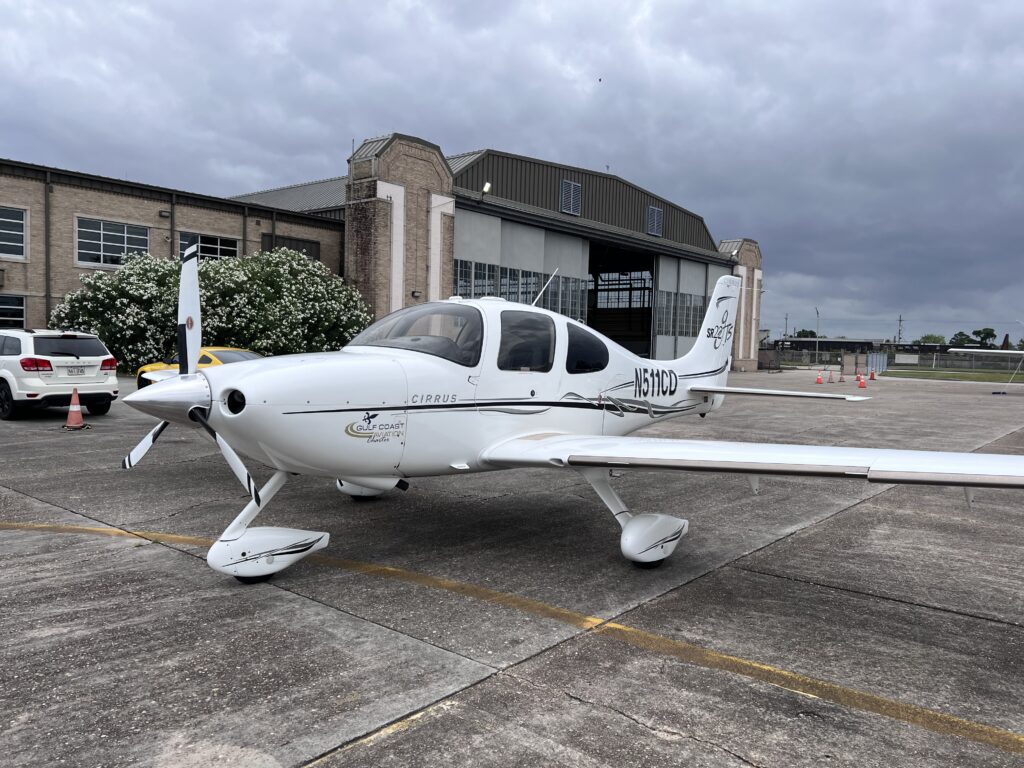Exploring the Economics of Private Plane Charter Costs

Private plane chartering represents the epitome of luxury and convenience in air travel. However, behind the glamour lies a complex economic landscape shaped by various factors. From fixed costs to variable expenses, understanding the economics of private plane charter costs is crucial for both operators and passengers. In this exploration, we’ll delve into the underlying economic principles that govern private plane charter cost and how they impact the industry as a whole.
Introduction
Private plane charter costs are influenced by a multitude of economic factors, including aircraft acquisition and maintenance, operational expenses, market demand, and competitive dynamics. By dissecting these elements, we can gain insights into the economics of private plane chartering and the forces that shape pricing strategies.
Unraveling the Cost Structure
Before diving into the economics, let’s unravel the components that constitute private plane charter costs:
- Fixed Costs: Expenses that remain constant regardless of flight activity, including aircraft acquisition, insurance, hangar fees, and administrative overhead.
- Variable Costs: Expenses that fluctuate with flight activity, such as fuel, crew salaries, maintenance, and landing fees.
- Market Dynamics: Factors such as supply and demand, competition, and regulatory constraints that influence pricing strategies and profitability.
Economic Factors Influencing Charter Costs
1. Aircraft Acquisition and Maintenance
The cost of acquiring and maintaining private aircraft is a significant driver of charter costs. Operators must recoup hefty investments in purchasing or leasing aircraft, as well as ongoing maintenance, inspection, and upgrade expenses. These fixed costs are spread across charter flights, contributing to the base pricing structure.
2. Operational Expenses
Variable expenses associated with day-to-day operations, including fuel, crew salaries, training, insurance, and navigation fees, directly impact charter costs. Fluctuations in fuel prices, exchange rates, and labor costs can significantly influence operational expenses and, consequently, charter pricing.
3. Market Demand and Competition
Market dynamics play a pivotal role in determining charter costs. High demand during peak travel seasons or for popular destinations can drive prices up, while excess capacity and competition may lead to pricing pressure. Operators must strike a balance between maximizing revenue and maintaining competitiveness in a crowded marketplace.
4. Regulatory Compliance
Compliance with regulatory requirements and safety standards represents an additional cost for charter operators. Investments in safety equipment, training programs, maintenance procedures, and regulatory compliance measures contribute to the overall cost structure and ensure adherence to industry regulations.
Pricing Strategies and Revenue Optimization
In response to the complex economic landscape, charter operators employ various pricing strategies to optimize revenue and profitability:
- Dynamic Pricing: Adjusting charter rates in real-time based on market demand, seasonality, and availability to maximize revenue during peak periods and stimulate demand during off-peak times.
- Segmentation: Offering tiered pricing options and service packages to cater to different customer segments, ranging from budget-conscious travelers to high-end clientele seeking premium amenities and personalized service.
- Value-Added Services: Introducing ancillary services such as catering, ground transportation, concierge services, and in-flight entertainment to enhance the travel experience and generate additional revenue streams.
Conclusion
In conclusion, the economics of private plane charter costs are shaped by a myriad of factors, including aircraft acquisition and maintenance, operational expenses, market demand, and regulatory compliance. By understanding the cost structure and pricing dynamics, both operators and passengers can make informed decisions and navigate the complexities of the private aviation industry effectively. From optimizing revenue through dynamic pricing strategies to enhancing the customer experience with value-added services, the economics of private plane chartering underscore the delicate balance between profitability and service excellence in the pursuit of luxury air travel.
